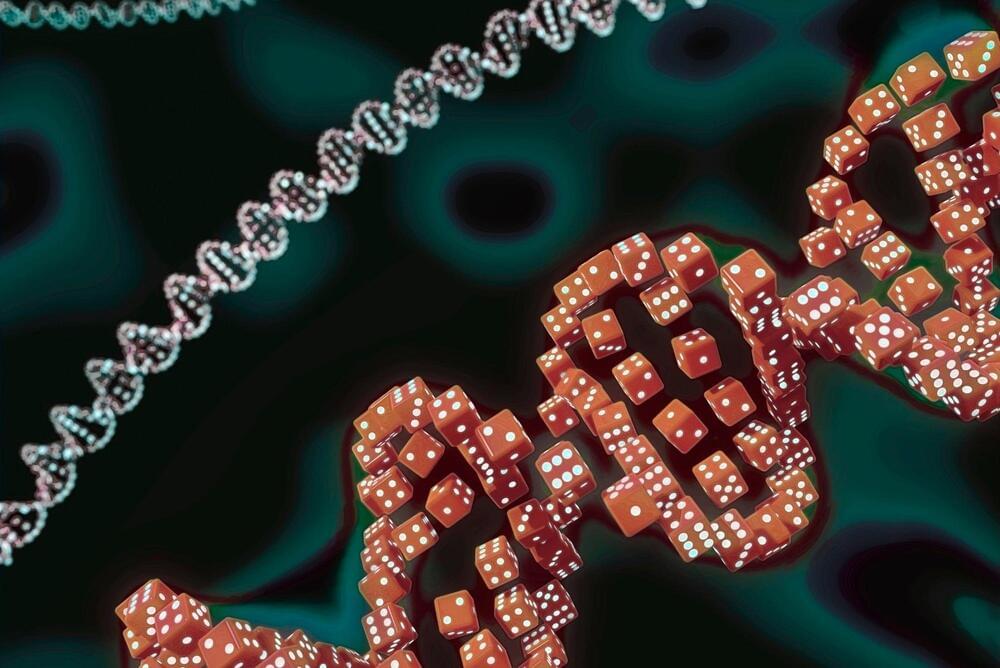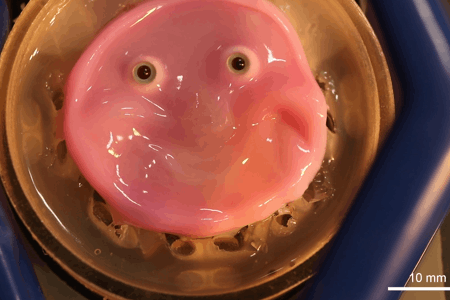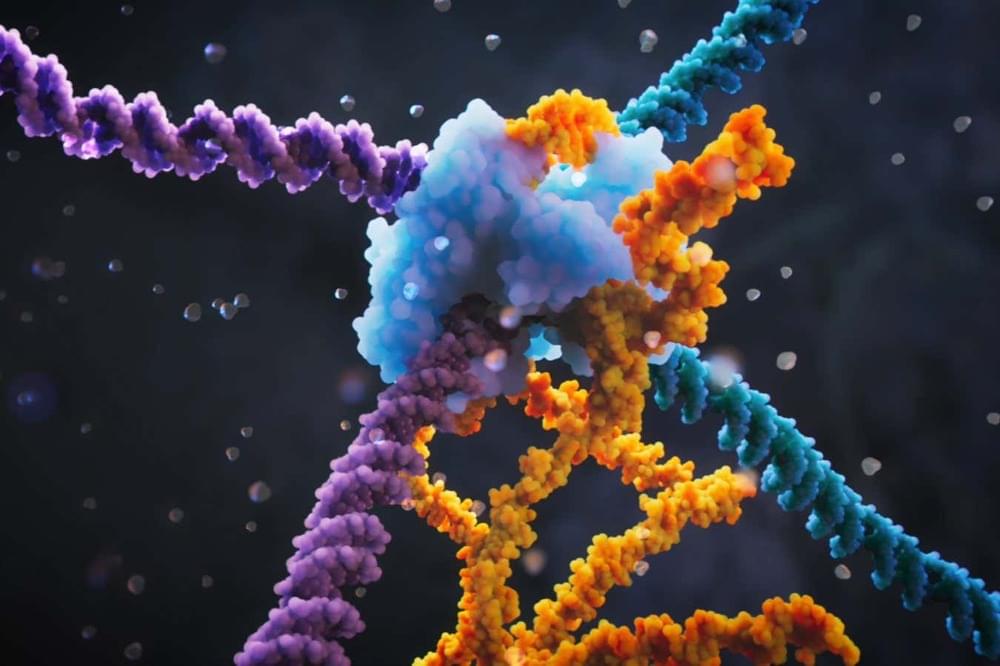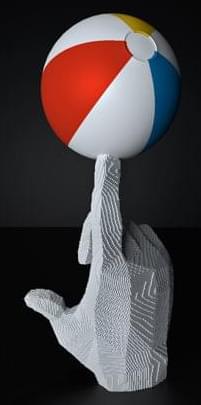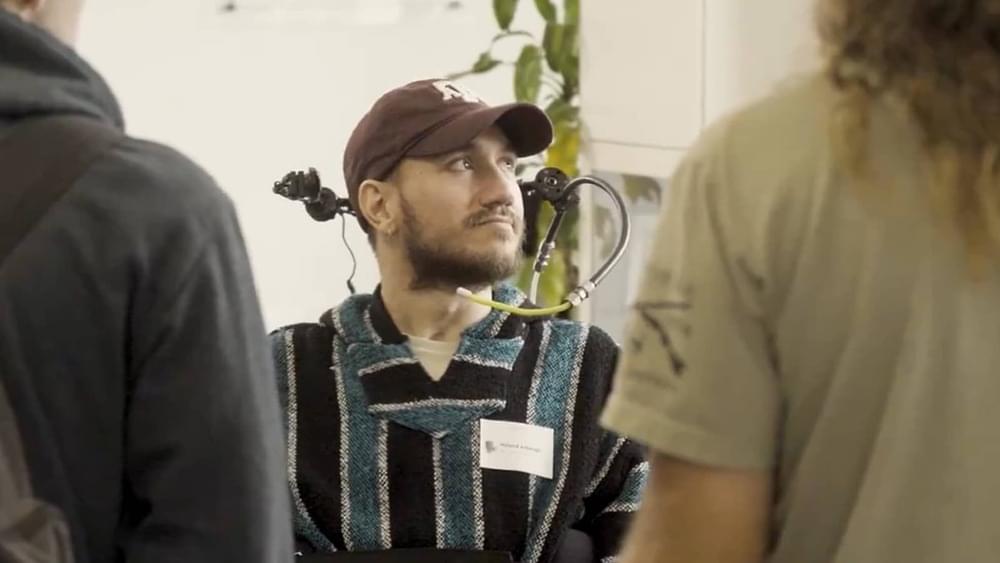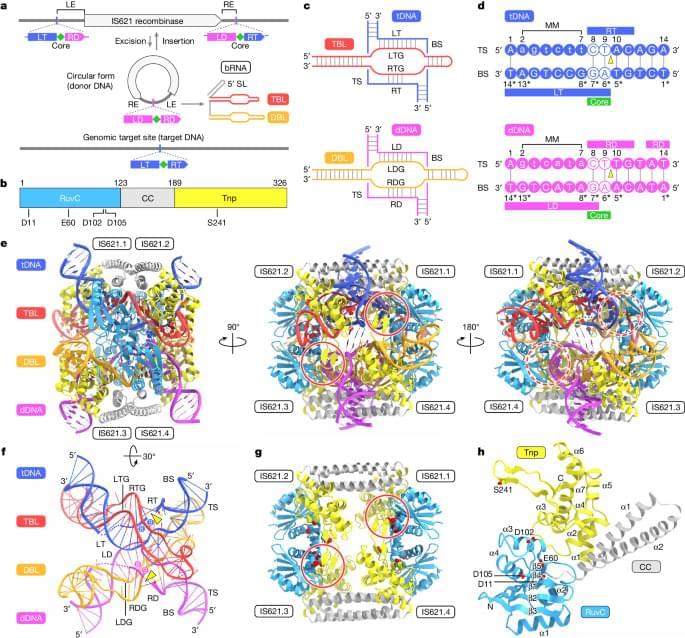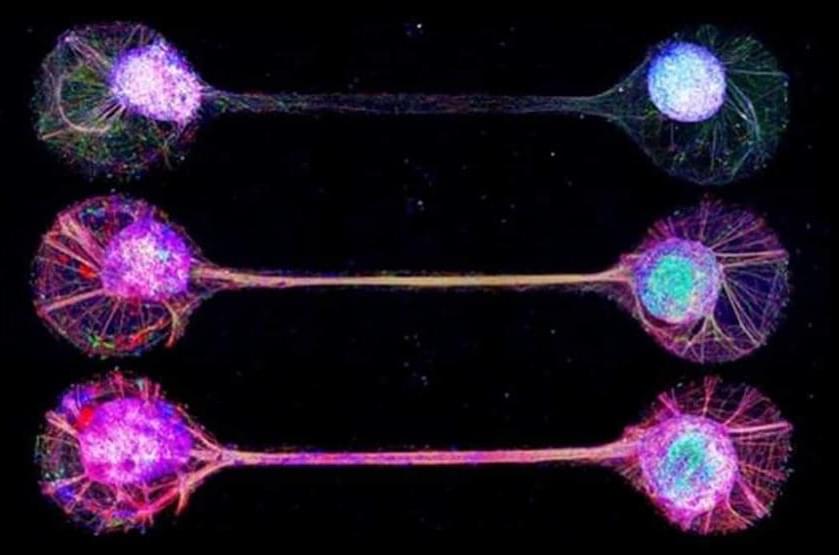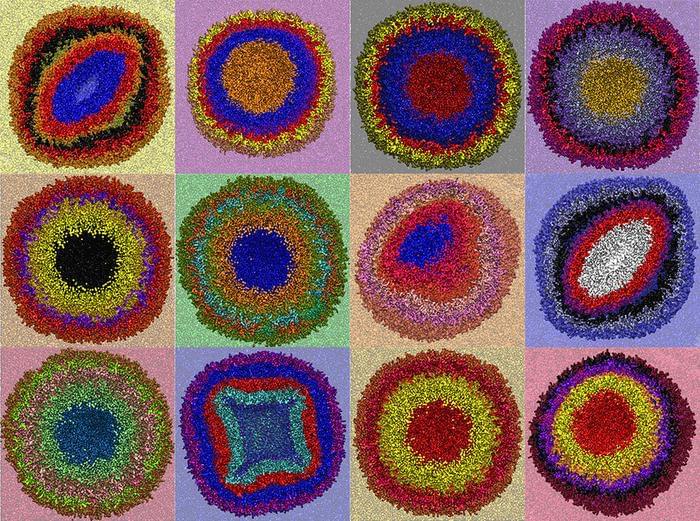MIT researchers have innovated a method to observe the interaction between genes and enhancers by monitoring their activation times, helping to pinpoint drug targets for genetic disorders. This technique also enhances understanding of eRNA’s function in gene regulation and disease treatment.
Gene Expression and Enhancer Mapping
Although the human genome contains about 23,000 genes, only a fraction of those genes are turned on inside a cell at any given time. The complex network of regulatory elements that controls gene expression includes regions of the genome called enhancers. These are often located far from the genes that they regulate.
